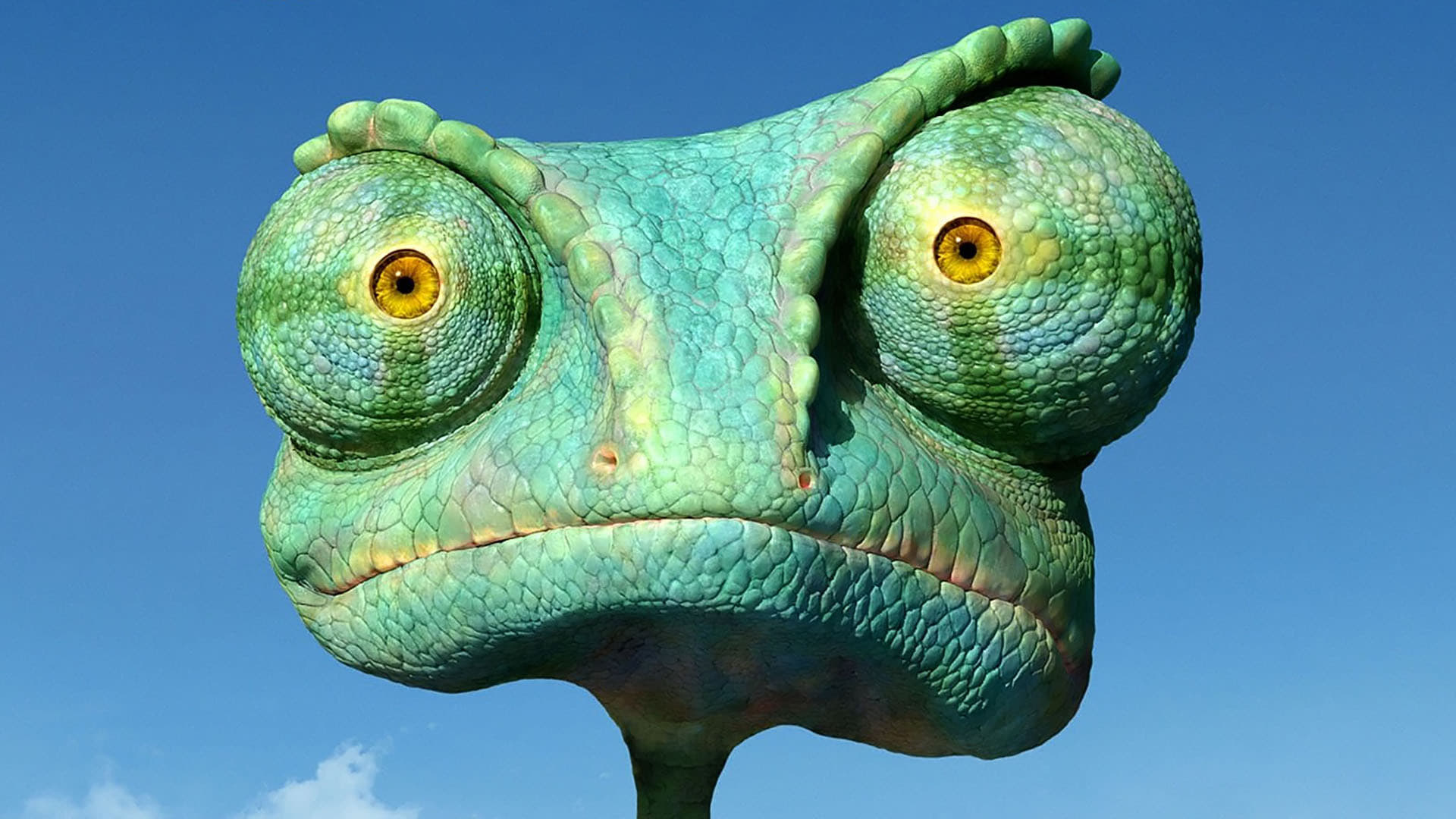Tag: Crow(s)
-
Felidae. Dir. Michael Schaack.Wild Bunch. 1994.
Warning- this article will contain graphic animated imagery as well as major spoilers for the film Felidae (1994) “What I was watching wasn’t exactly a scene out of The Aristocats.” -Francis in Felidae Released in 1994, the cult neo-noir film Felidae immediately sets itself apart from its earlier animated feline predecessors, with Schaack’s adaptation refusing…
-

Rango. Dir. Gore Verbinski. Paramount Pictures. 2011.
As Rango’s terrarium hits the concrete and shatters, the bleak reality of human nature and the wake of destruction we leave becomes apparent. To humans, animal suffering is a mere bump in the road – literally. In the opening scene of Rango, the car in which Rango is travelling hits a passing armadillo attempting to…
-
The Secret of NIMH. Dir. Don Bluth. MGM/UA Entertainment Company. 1982.
“We can no longer live as rats. We know too much.” The Secret of NIMH is remembered by many as a dark, creepy, and disturbing film, with retrospectives published in recent years referring to it as leaving basically every kid who sees it with a lingering dread. Don Bluth’s directorial debut after leaving the Walt…
-
Grizzly Man. Dir. Werner Herzog. Lions Gate Films. 2005.
A fascinating aspect about Werner Herzog’s exploration of the life of Timothy Treadwell and his relationships with the wild grizzly bears of Alaska is his investigation of the way Treadwell interpreted the animal world, and the extent to which this reveals aspects to his character. A scene which exemplifies this interpretation is when we’re shown…
-
The Fox and the Child. Dir. Luc Jacquet. Pathé. 2007.
Luc Jacquet’s The Fox and the Child depicts an unnamed girl (Bertille Noël-Bruneau) exploring the French countryside and following its animal inhabitants. She develops an obsession with the titular fox and it becomes more trusting, but the girl disastrously oversteps the boundary and attempts to make the wild animal her pet. The film is interested in binaries…
-
The Fox and the Child. Dir. Luc Jacquet. Pathé. 2007.
When asked in an interview how he approached making The Fox and the Child (2007) following the popularity of The March of the Penguins (2005), French director Luc Jacquet replied: I went into my childhood; into a memory I have of having looked into the eyes of a wild fox when I was a kid. I also noticed that…